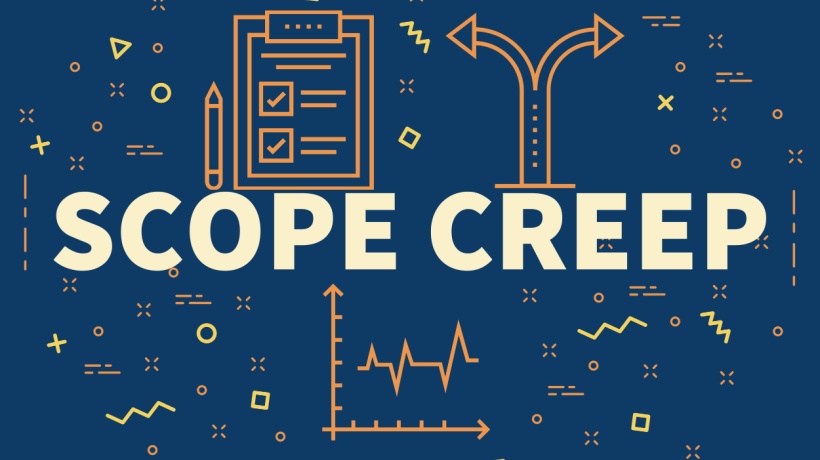3 Ways To Avoid Scope Creep In eLearning Development
Even if this is the first time you hear the phrase "scope creep", I’m more than sure that you know what it is and that you’ll recognize this scenario:
The client wants you to create a course. You agree on everything (at least that’s what you think). You sign the contract (or send a very fancy email). And then you start working. Your voice-over artists start recording. Your Instructional Designers start creating the course.
And then it begins.
"While you’re at it, could you perhaps add one more quiz?"
"Nicely done, this animation is far better than I imagined, maybe you could do one more?"
"I know we said it will be 50 screens, but I really believe that we should add 6 more to make it really nice."
Ladies and Gentlemen, that’s scope creep. Continuous growth of your project that is uncontrolled and not agreed upon. Most usually, it happens when a client asks you to add some smaller amounts of work (one more quiz, one more slide, one more...) so you can easily lose control over it by wanting to please and keep the client. What is interesting here is that most clients are really and honestly not doing that on purpose. They don’t want you to lose money, and they are not plotting against you, but they just got new ideas after you had already started working. And that is perfectly fine if you're working agile. But – those new things must be considered extra work and the budget must be updated so it covers the new things, too.
There are a few simple steps you could and should take before your Instructional Designers start working, and that will make your life easier if you see some new tasks creeping in your scope:
1. Plan For Everything
Map out what you are going to do. Create a storyboard with all the details necessary. Be precise: how many quizzes are you going to create? Will there be a branching scenario, and how often will it occur? Will there be a voice-over? If not during the entire course, make sure to specify where.
Being precise and stating all the things in a written format is your biggest friend who’ll help you fight the scope creep.
2. Ask For Written Approval
After you put everything in writing, ask for approval. Go over it with your client, and make sure he or she understands what it is that you will do and what you won’t do. Don’t assume something is logical and that people will just know that’s not your job. Assuming things will get you nowhere.
After your client understands everything, ask for written approval (email is okay). Make sure they understand that you will start working as soon as they send approval, and that any changes after that will be considered extra work (which means extra cost).
3. Decide On How Many Feedback Iterations Are In Scope
My experience says that two feedback iterations are more than enough. The first time clients see your work, they'll send you a bunch of feedback. Once you implement it, they get one more shot to see if it is now the way they want it to be. Everything after that is extra work, which means extra cost for the client.
Bottom line is – do the prep work and make sure your client understands what you will do. Don’t start working without the approval and never ever forget to explain what approval means and how many feedback iterations are considered to be in scope. If you do that, and your client asks for new things later on, you will have great proof of what is and what is not in the scope and, therefore, in the budget. Not only will that be good for you in a financial way, but it will also make your client perfectly fine with this new cost – because they will be aware of it from Day 1. They won’t feel cheated, and they will respect you for it.
Now, is this a win-win story, or what? ;)









